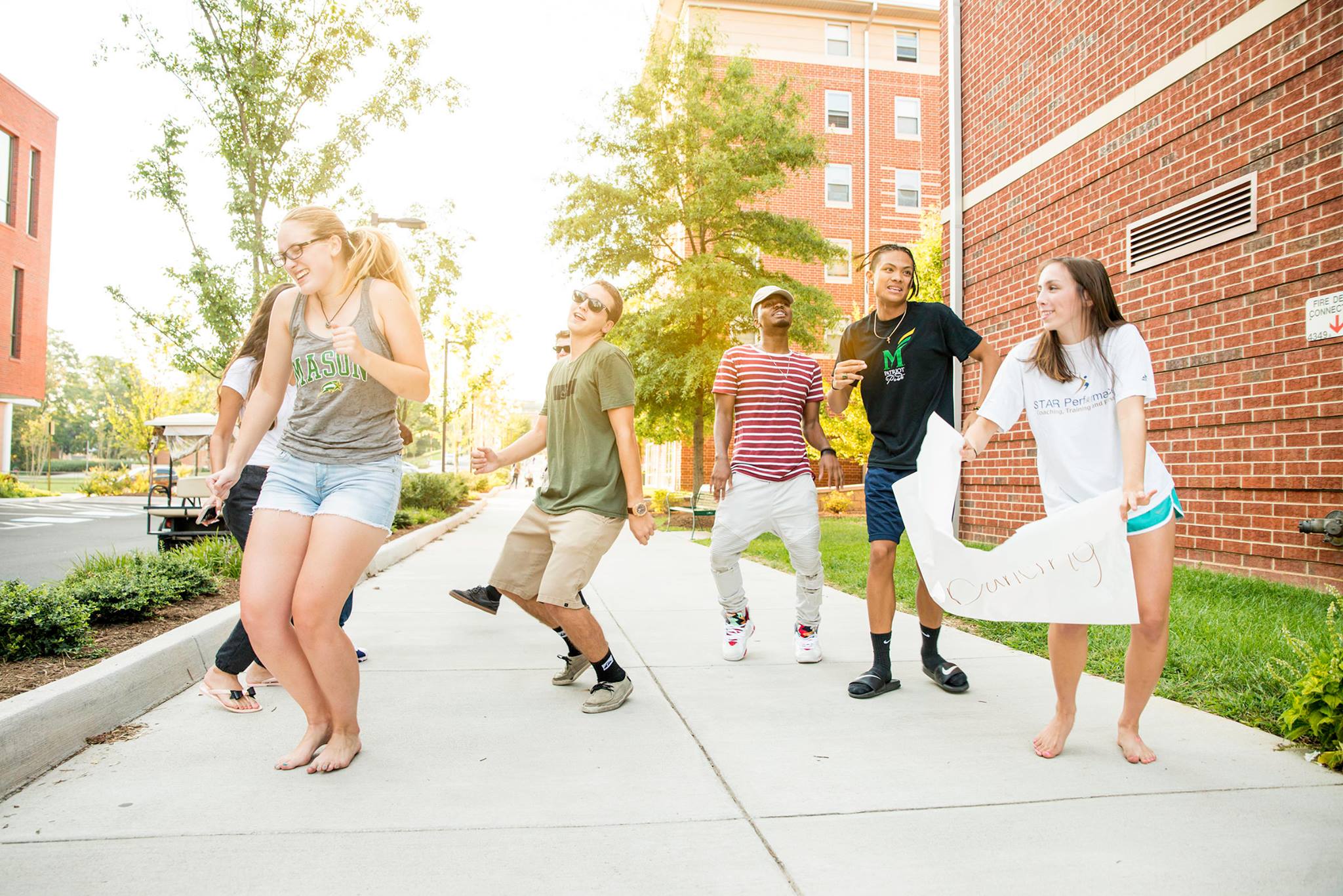Campus shuttle: Design of a college campus parking and transportation system
Abstract: George Mason University is a commuter campus in Fairfax, VA. To meet forecast growth, parking lots are being removed to make space for classroom buildings. The loss of parking slots requires either additional parking garages or mass-transit shuttles to make up for the loss in parking spaces. There are also concerns about traffic congestion and emissions caused by the college’s commuters. The Fairfax campus population is predominantly made up of commuters, with 77% of the population living off campus, a vast majority of which drive single occupant vehicles (SOV) to campus due to poor access to mass transit. At present, the GMU Fairfax campus has a parking utilization of 86%, leaving a surplus of approximately 900 parking spaces. Fairfax campus is predicted to start having a parking deficit sometime between 2014 and 2015. Projections out to 2020 show a deficit of 3,800 spaces. To counter that deficit, more than 10,600 current commuters would need to switch from SOV transportation to alternate forms of transit. A reduction of SOV commuters would also lead to lower CO2 emissions from the Fairfax campus. This paper describes the design of a system for addressing transportation and parking demand.
This has 3 major parts:
(1) identifying surrounding areas of significant Fairfax commuter populations;
(2) the ability to predict ridership if a shuttle stop were to be placed in any of those areas by using a decision support tool (DST);
(3) a utility analysis (CO2, parking, and cost) of creating shuttle routes or garages to meet parking needs.
In order for GMU to continue growing, both commuter shuttles and parking garages will be needed. If four additional routes are added, GMU can continue to grow through 2016 with a parking utilization of 96%. To continue growth beyond that point will require additional parking garages or bus routes.
CLICK HERE to order complete paper









